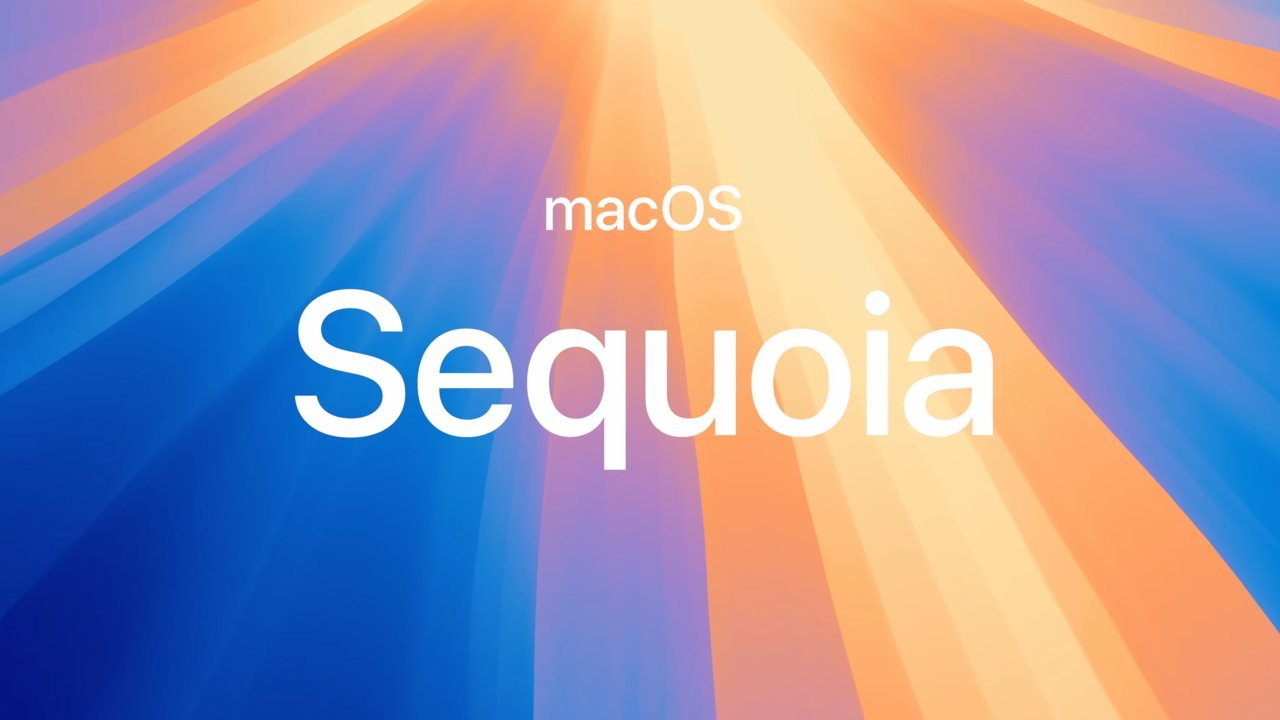
Apple has announced macOS Sequoia’s release date

Arriving much earlier in the cycle than recent years, Apple has announced that macOS Sequoia will be available on September 16. although certain Apple Intelligence features will come later.
At the “It’s Glowtime” event, Apple announced when macOS Sequoia will start rolling out to users, and when it will become the preinstalled OS on all new Macs.
It will be released on September 16, though as ever there has not been a specific time. Note, too, that the release will take at least some hours to become available worldwide.
What is coming to macOS Sequoia
The most immediately, visually obvious addition to the Mac with the new OS is iPhone Mirroring. This is a new icon in the Dock and when clicked, your iPhone screen opens up on the Mac.
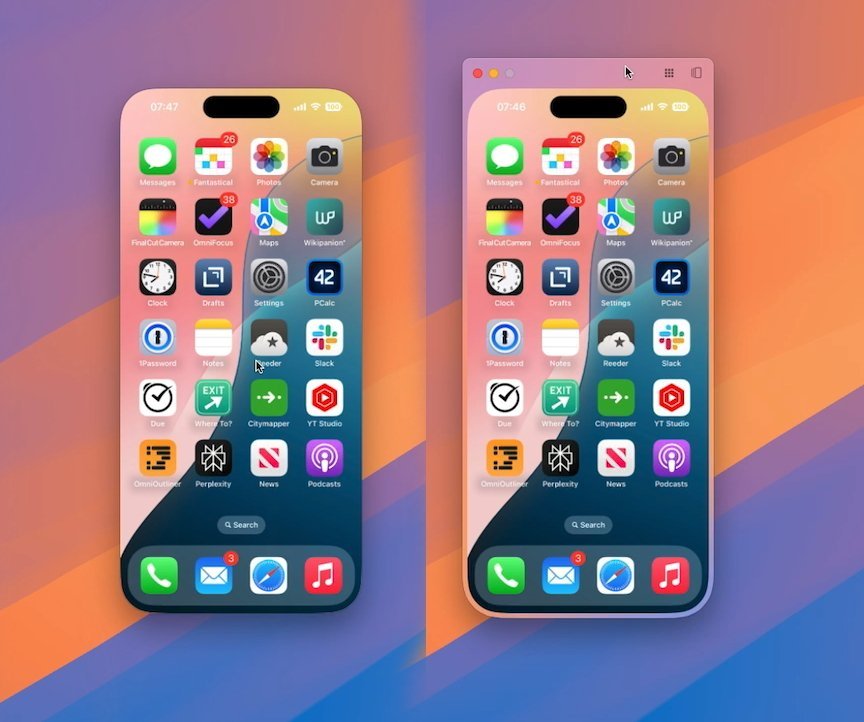
It’s remarkable how useful it turns out to be, having your iPhone screen on your Mac
Related to this, macOS Sequoia will now display notifications from your iPhone. If you already have chiefly the same apps on Mac and iOS, you won’t notice the difference, but it’s there.
On the Mac-specific side, there is now Window Tiling. Counting Spaces and Stage Manager, this is now Apple’s third attempt to help organize windows on a screen.
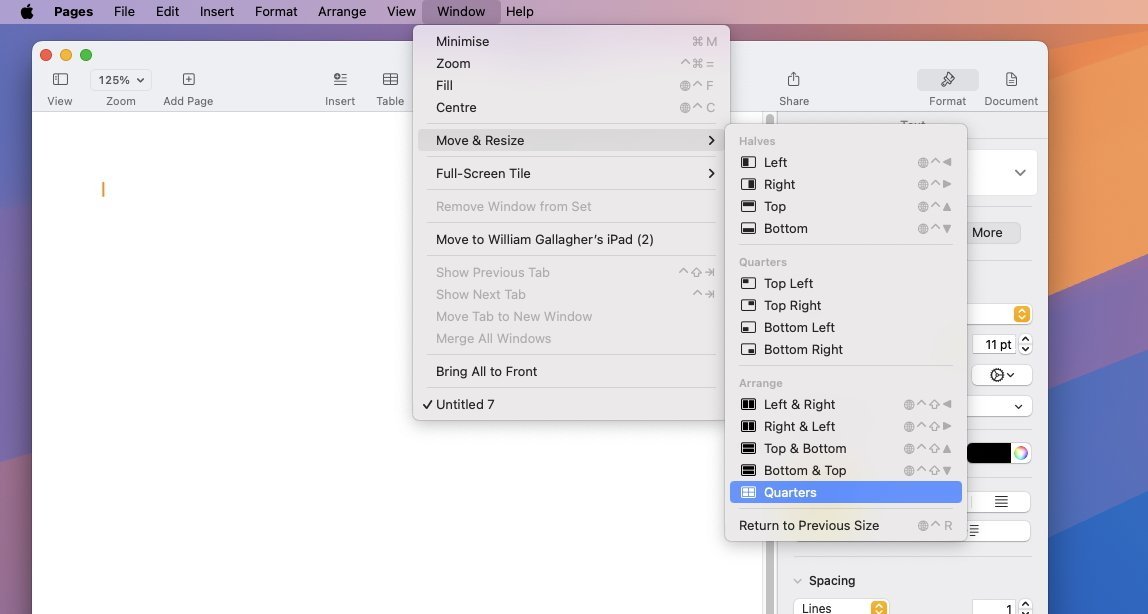
Apple has added window tiling to macOS Sequoia
It’s also very similar both to how Windows has worked for years, and to third-party apps such as Moom. By dragging a window to an edge of the screen, it can snap into place such that it occupies the left or right side, the top or the bottom, or go full screen.
Apple’s feature is limited compared to Moom or what can be done — and has been done for such a long time — with apps such as Keyboard Maestro. But it’s a welcome addition.
The new Passwords app
So is Passwords, Apple’s latest stock app besides iPhone Mirroring. In reality, this is just the same password functionality that has been in Safari for years, brought out into a standalone app.
But if it’s a small difference having passwords surfaced in an app instead of offered by Safari, it’s a small difference with a huge impact.
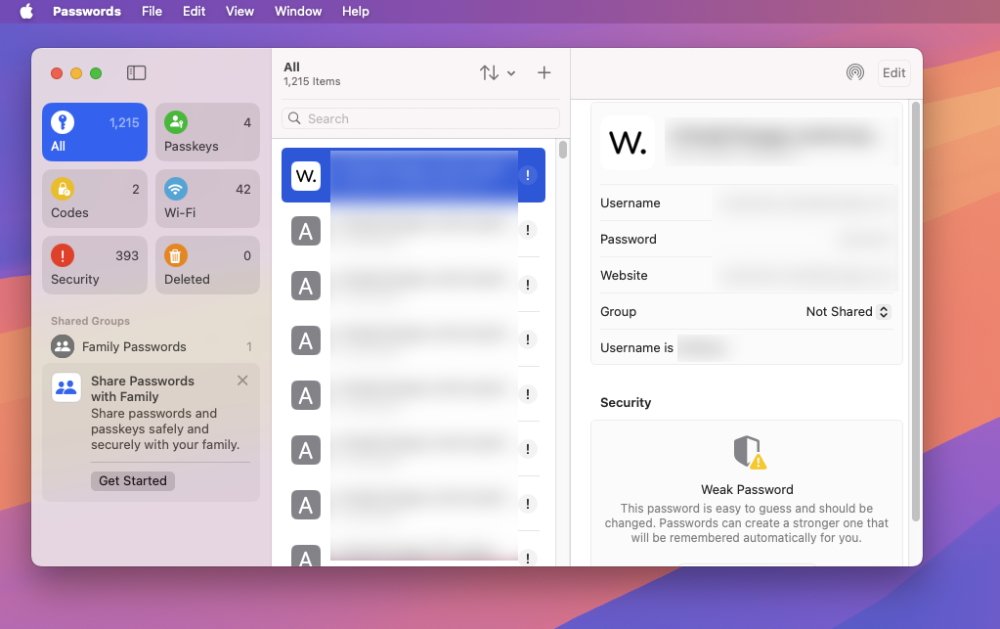
Apple’s Passwords app is a welcome addition
This will not replace third-party tools like 1Password for people who already use those and see the differences. For instance, 1Password will let you save credit card details, and secure notes, as well as website logins, where Apple’s Passwords will not.
However, Passwords will prevent some people buying third-party password managers. It’s more than good enough for a large proportion of users.
Safari gets better
Safari is a fine browser that Apple keeps improving, and it has continued to do so in macOS Sequoia. At first glance, Reader view is better. This is the option to turn off a website’s formatting and just present a site’s text.
There are finer controls for altering how that text is presented, and overall it just seems a nicer reading experience.
Safari is like the whole of macOS in microcosm, though, because the real changes to it are going to come with Apple Intelligence.
What is still to come
We’re still waiting for Apple Intelligence. In Safari’s case, that means automatic highlighting and surfacing of important details on websites, and offering a chapter index.
For everything else, Apple Intelligence chiefly means entirely new features like the Writing Tools that will summarize, or even rewrite your writing.
What’s likely to become universally used — because it will be the default and is good enough not to cry out to be turned off — is the automatic summary feature in Apple Mail. Summaries are everywhere in macOS Sequoia, but with Mail, it takes the usual inbox view of the first few lines of a message, and replaces that with a pretty good summary of the whole message.
It’s less clear yet whether Image Playground will be, too. When that comes, it will allow Mac users to ask macOS to create an image — within certain limits.
While we won’t really know all of the specific limitations over what can be asked for until Apple Intelligence Image Playground is released, there have been many things made clear right from WWDC. Image Playground will not, for instance, allow users to create the kind of deepfake images that are plaguing the internet.
Cleverly, Apple has found a way to entirely shut those out — by not letting Image Playground create any photorealistic images. None at all.
Instead, Image Playground will be able to make what Apple describes as sketches, illustrations, and animation. The difference between the first two might be subtle, but none of the three are likely to create anything NSFW.
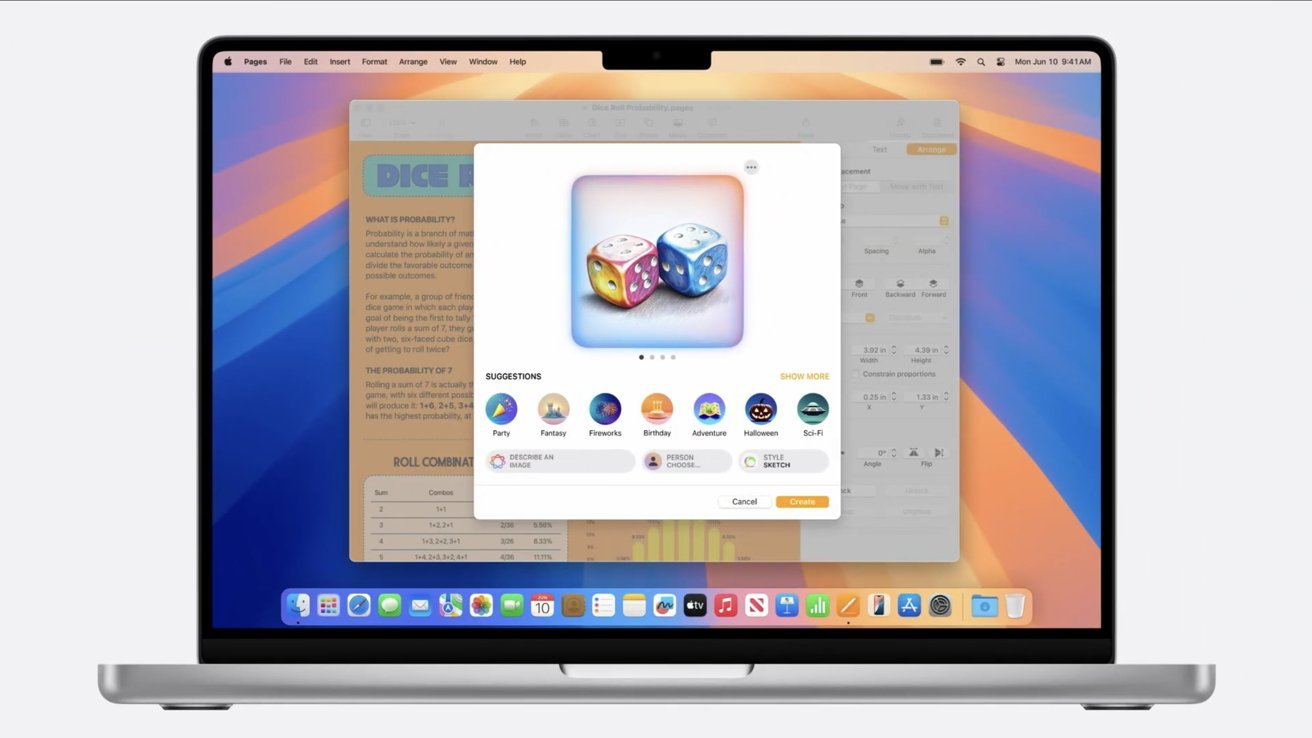
Image Playground on the Mac
Perhaps most significantly of all, though, Apple Intelligence should bring a better Siri.
How to get the new macOS Sequoia
If you do nothing, at some point your Mac will offer you the new update. That can take a long time, though.
So if you want it now, and you have left it enough time for any major bugs to have been found, do one more thing. Go through your apps and check that each one supports macOS Sequoia.
If they need an update, and one is available, update the app. If your apps need updates and there aren’t any, don’t download macOS Sequoia.
You won’t even be offered the download, though, unless your Mac meets the system requirements. The new macOS Sequoia runs on:
- iMac 2019 and later
- iMac Pro 2017 and later
- Mac Studio 2022 and later
- Mac mini 2018 and later
- Mac Pro 2019 and later
- MacBook Air 2020 and later
- MacBook Pro 2018 and later
Note that these are the official minimum requirements as stated by Apple. Many of the Macs that seeming qualify under that list are Intel models, and Apple Intelligence will only work on Apple Silicon Macs.
But if you have an Apple Silicon Mac then, when you’re ready, you can go to System Settings, General, and Software Update. Then update from there.
AppleInsider recommends that users upgrade to it, but not until after at least a few days. Despite all the beta testing by the public and developers, it’s possible for new and even serious problems to be discovered only after the mass rollout.
The key benefit of macOS Sequoia will be the addition of Apple Intelligence, but these features are coming in a later release.
For now, macOS Sequoia brings benefits including iPhone Mirroring, window tiling, and the new Passwords app.




